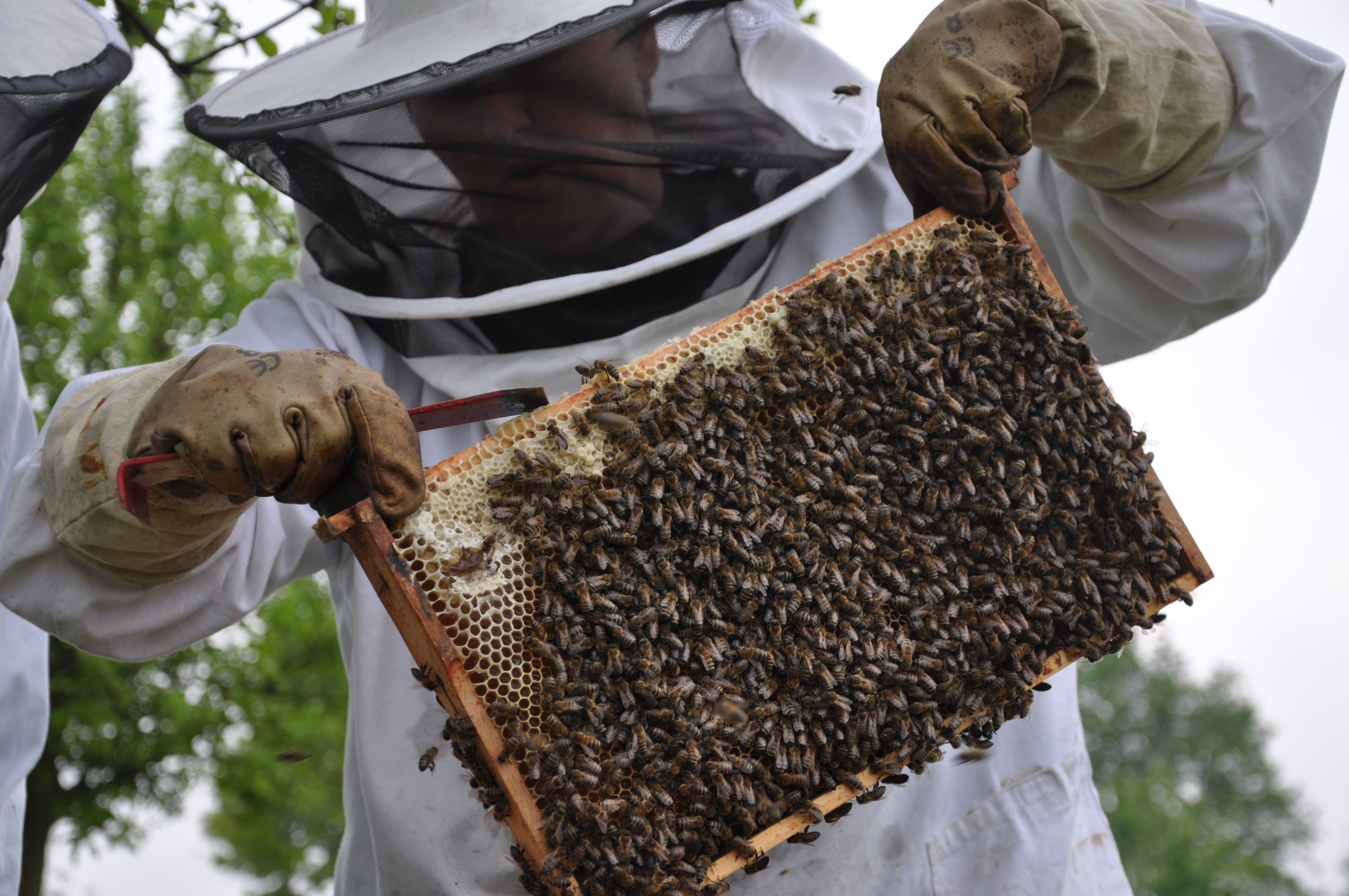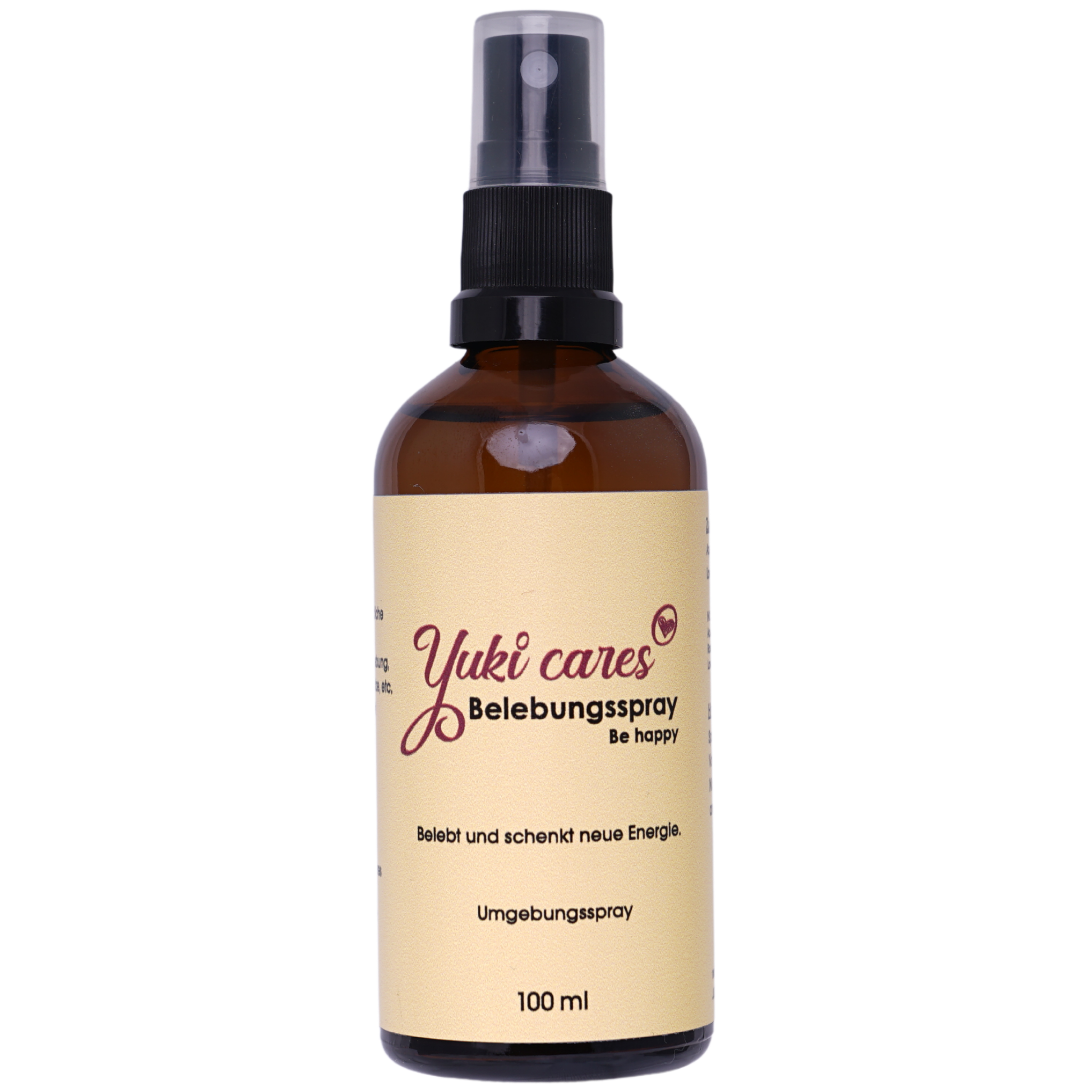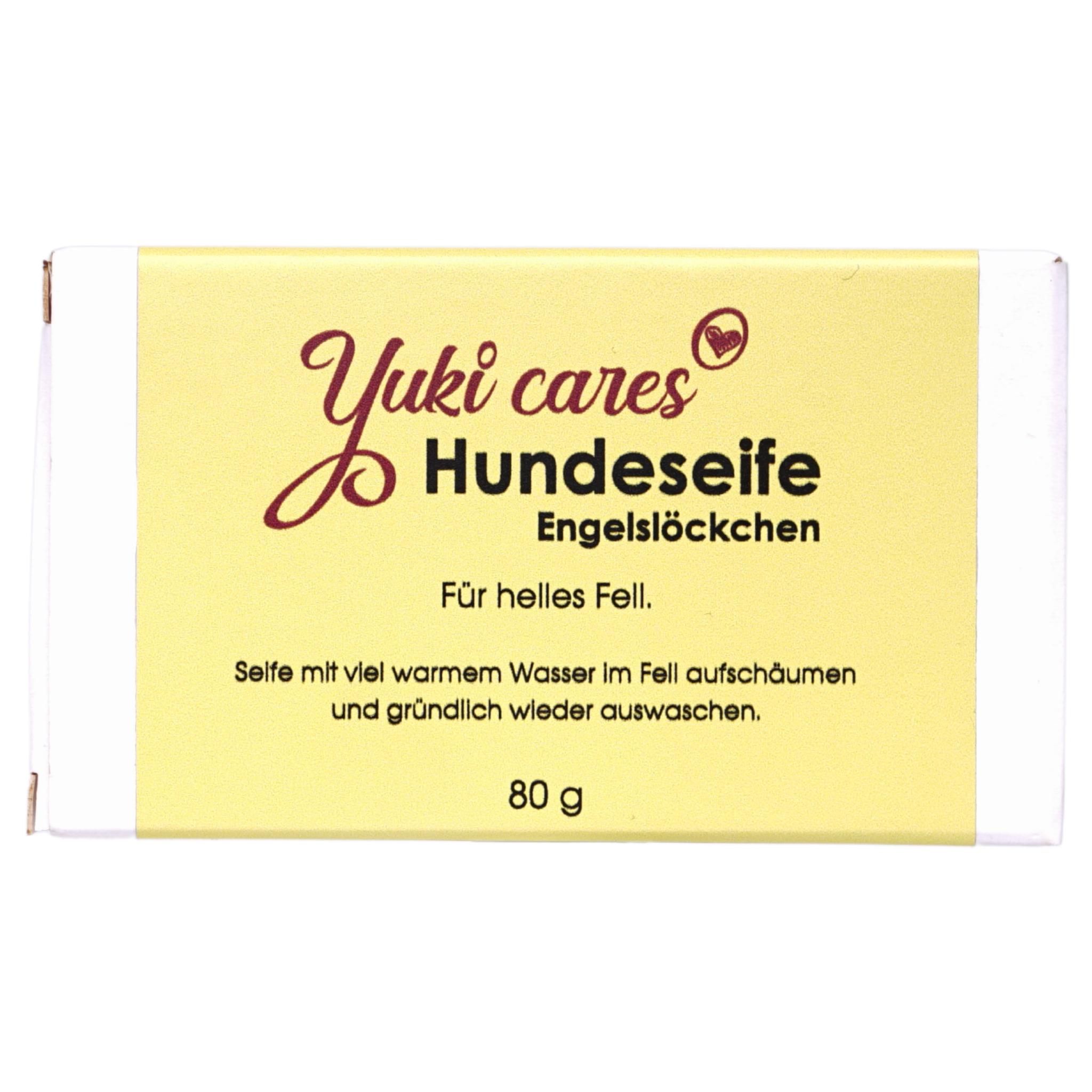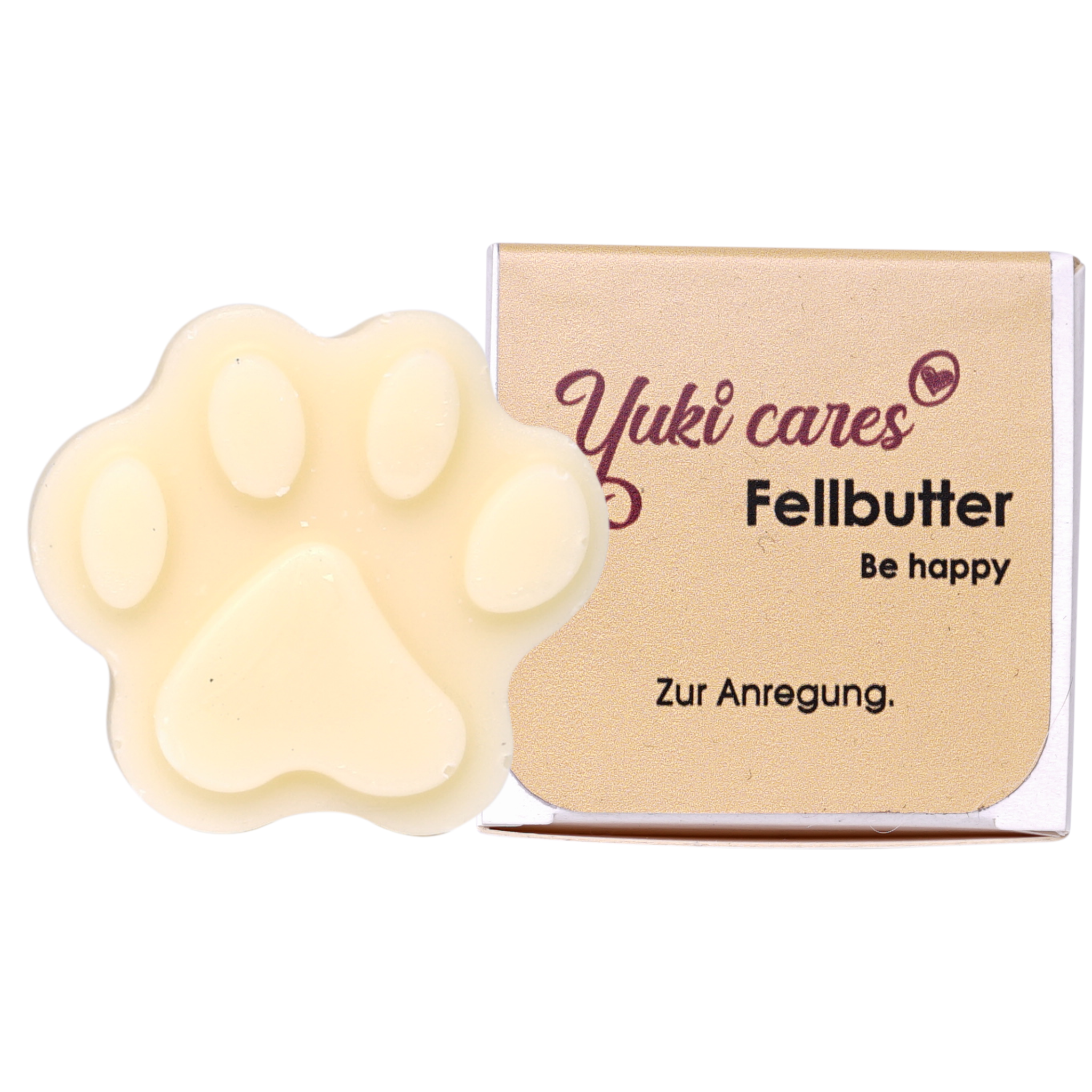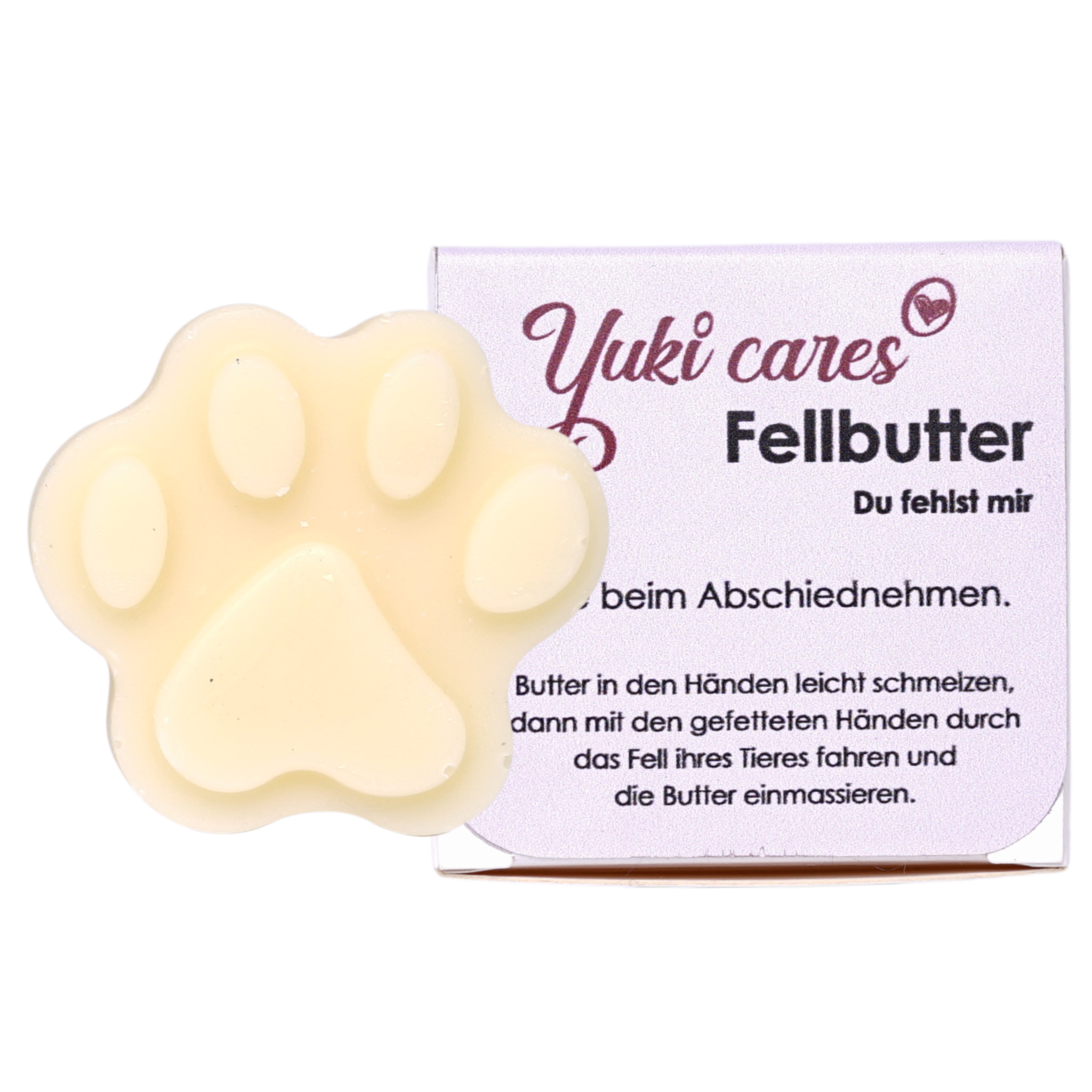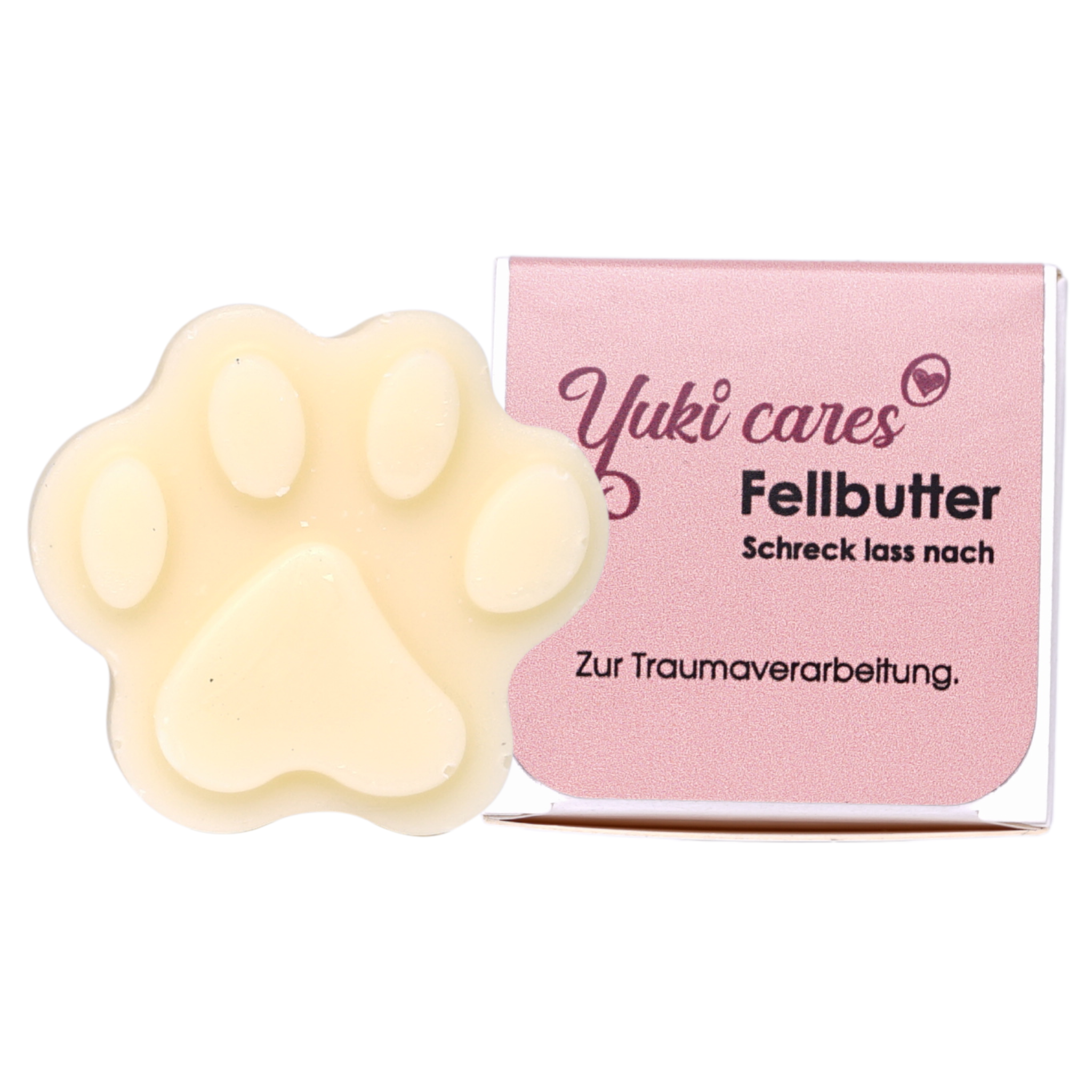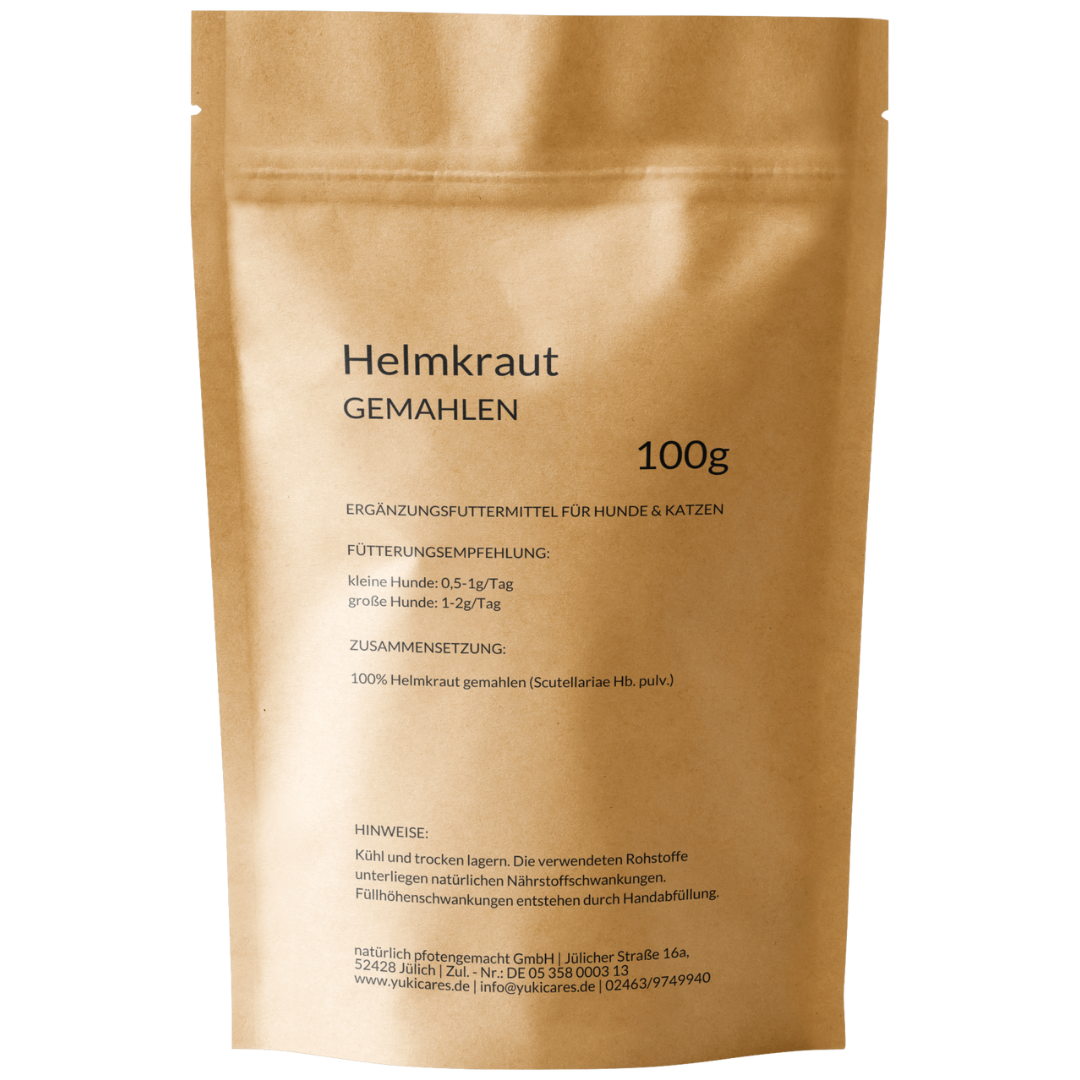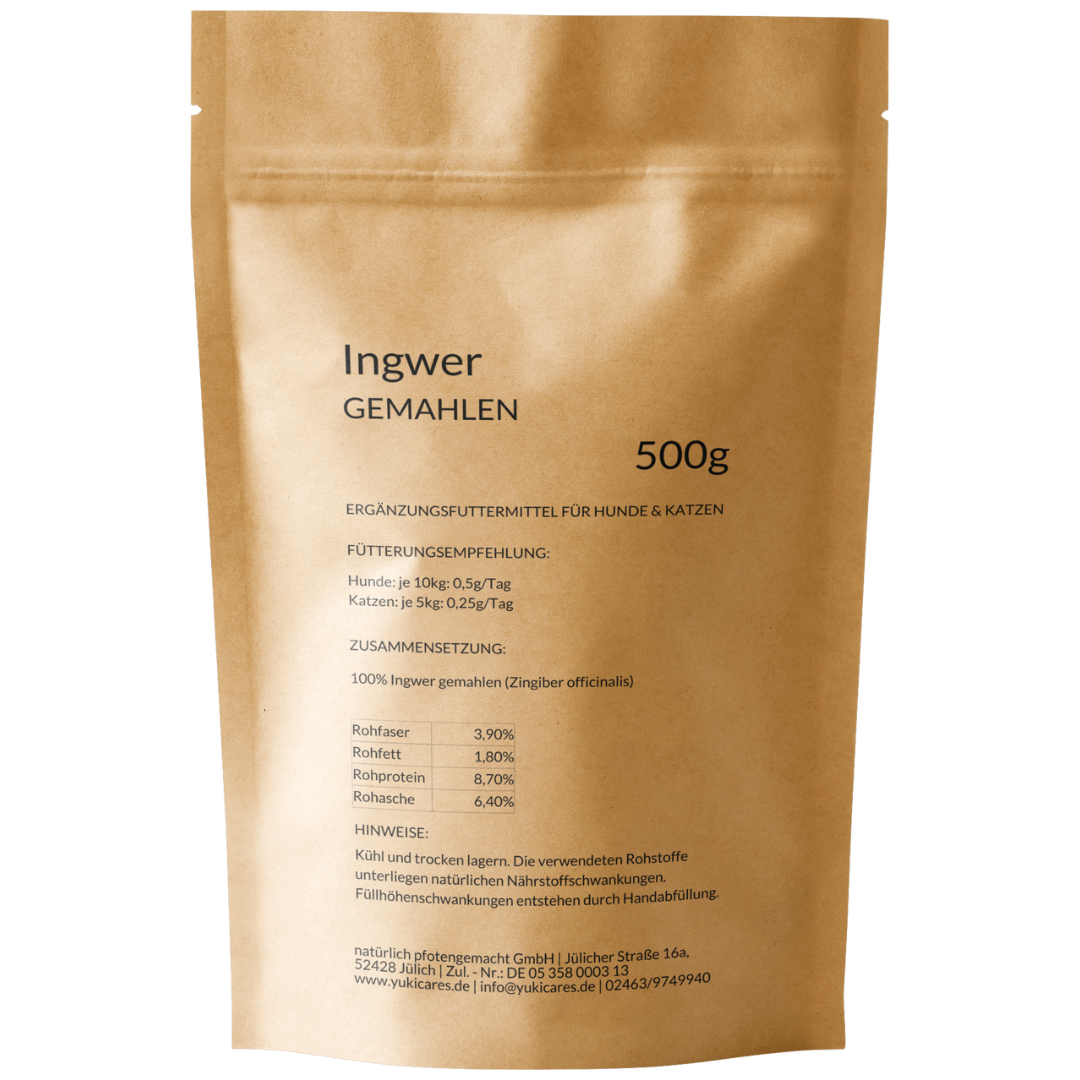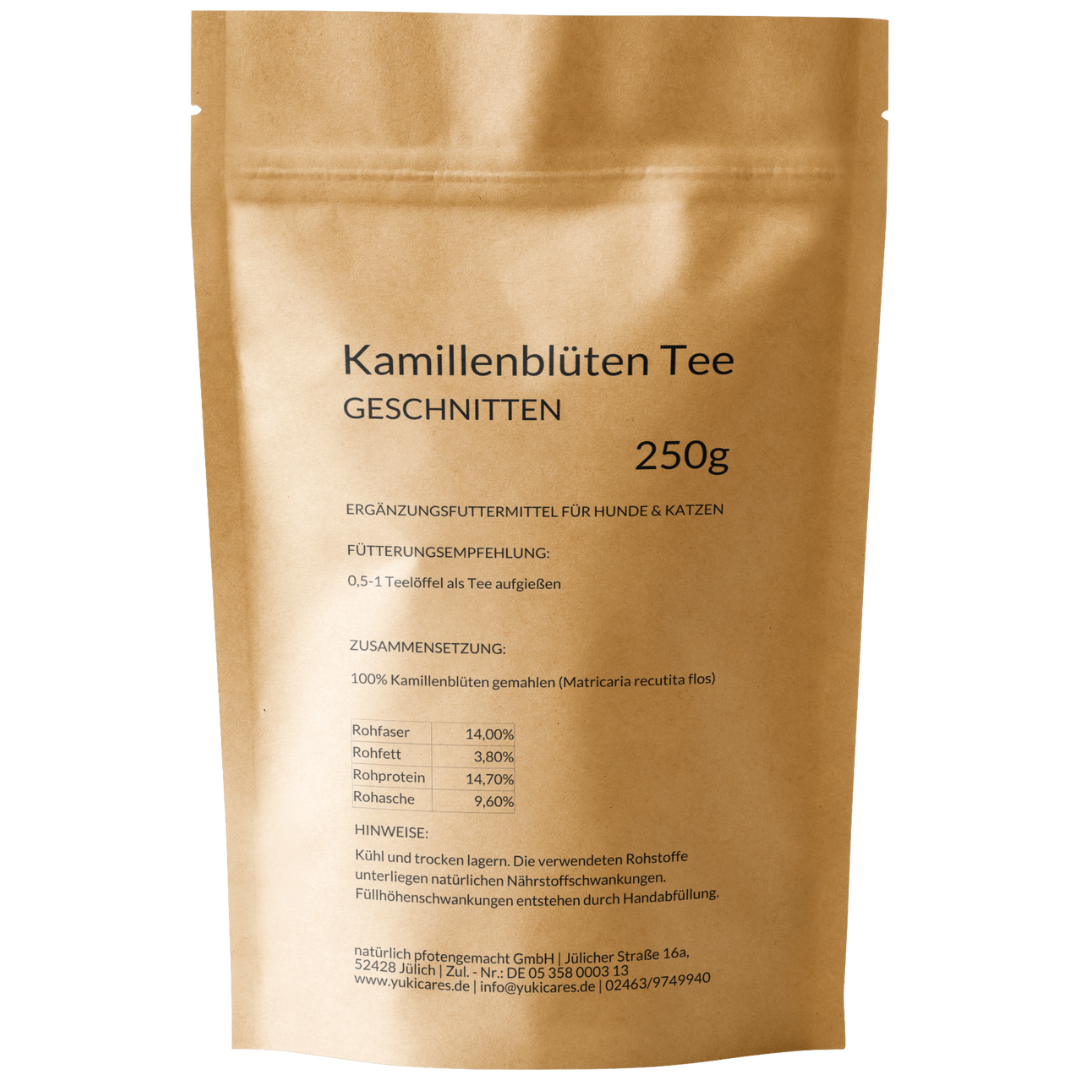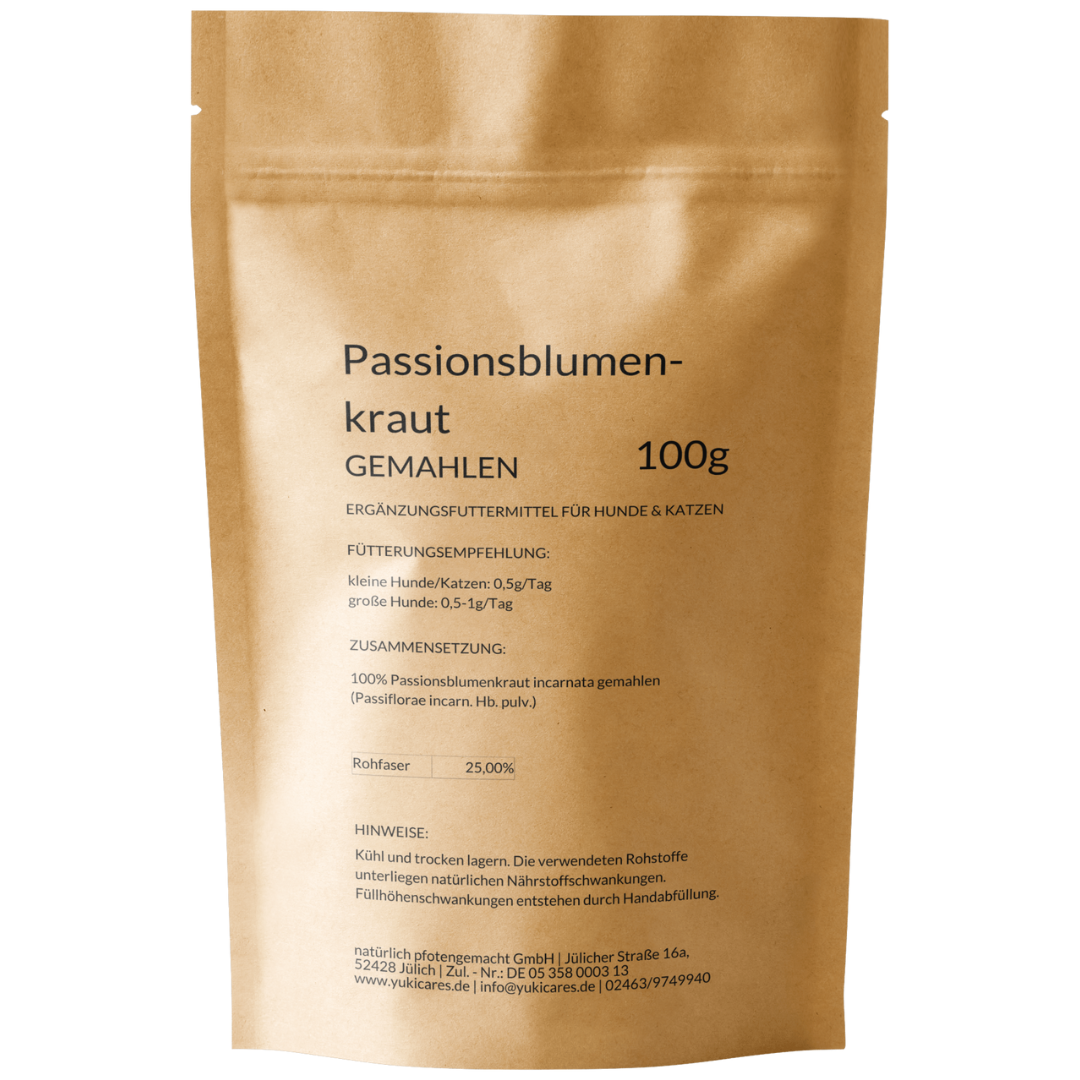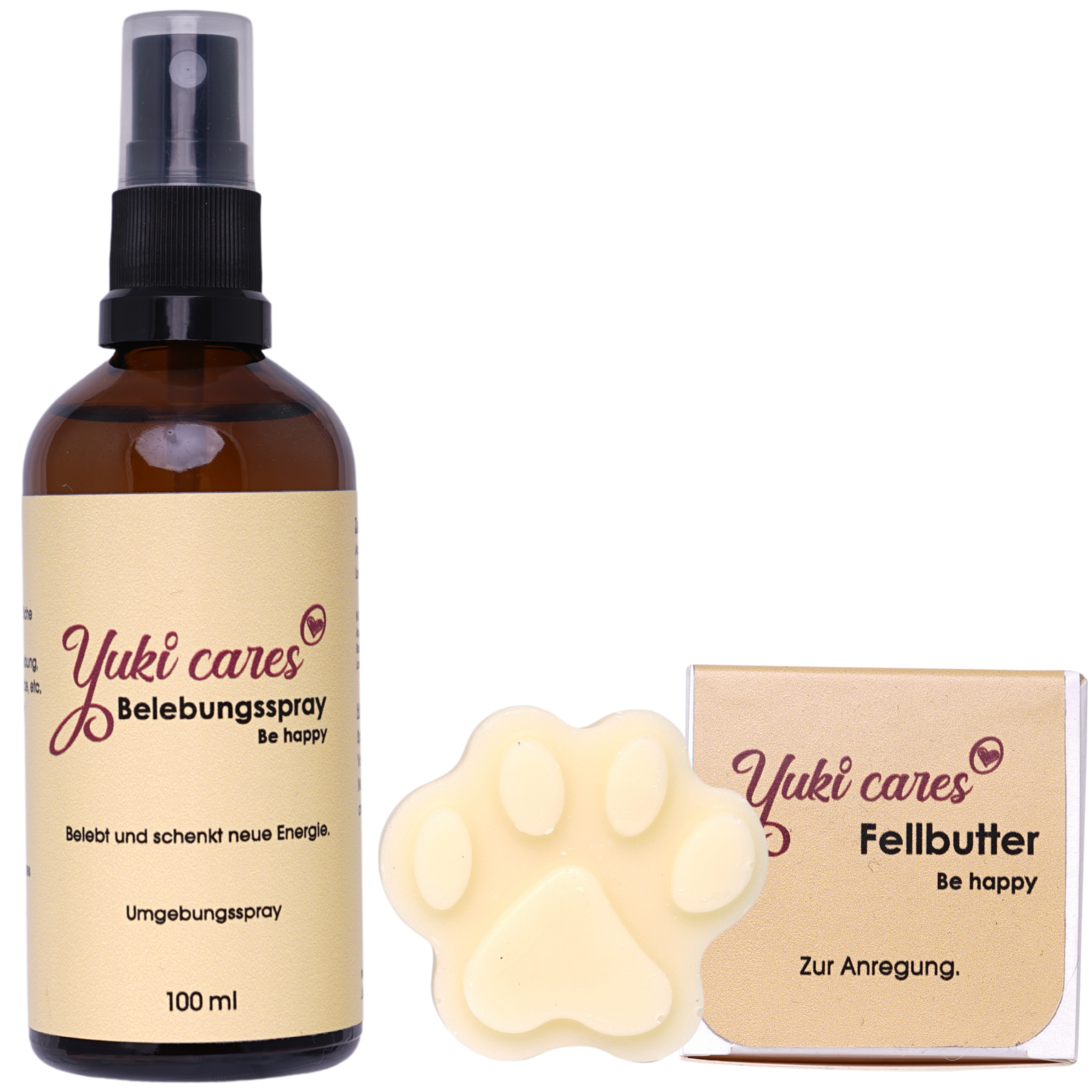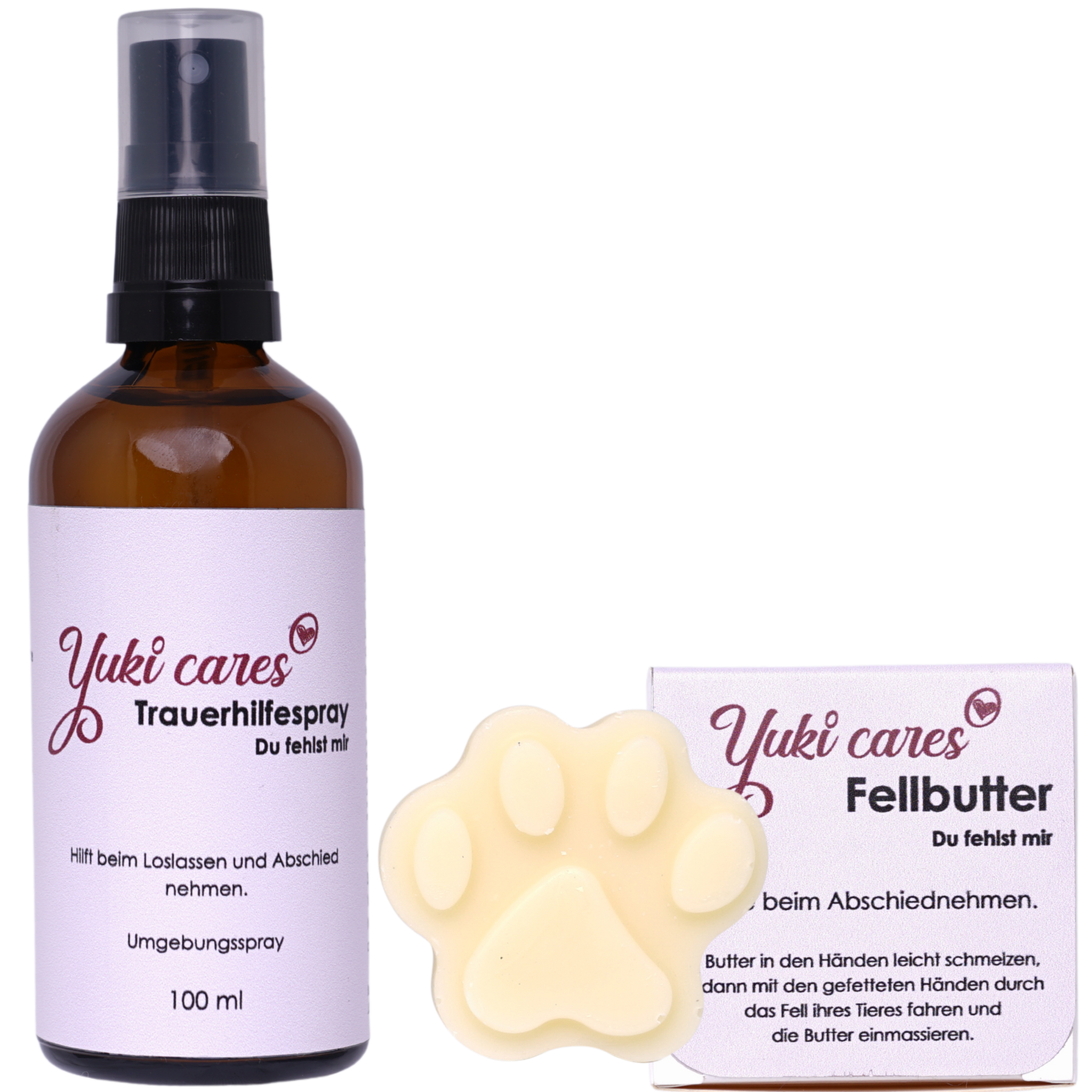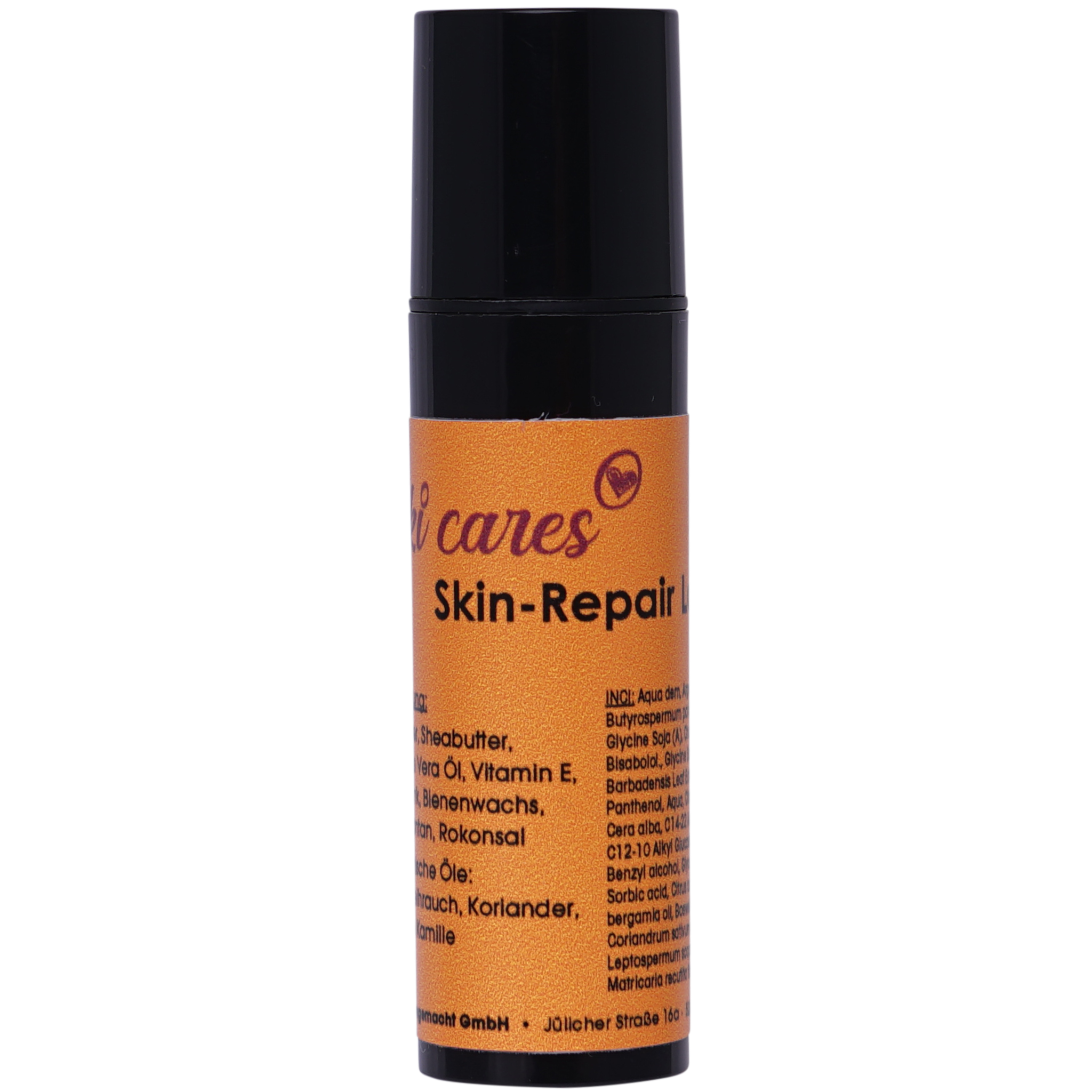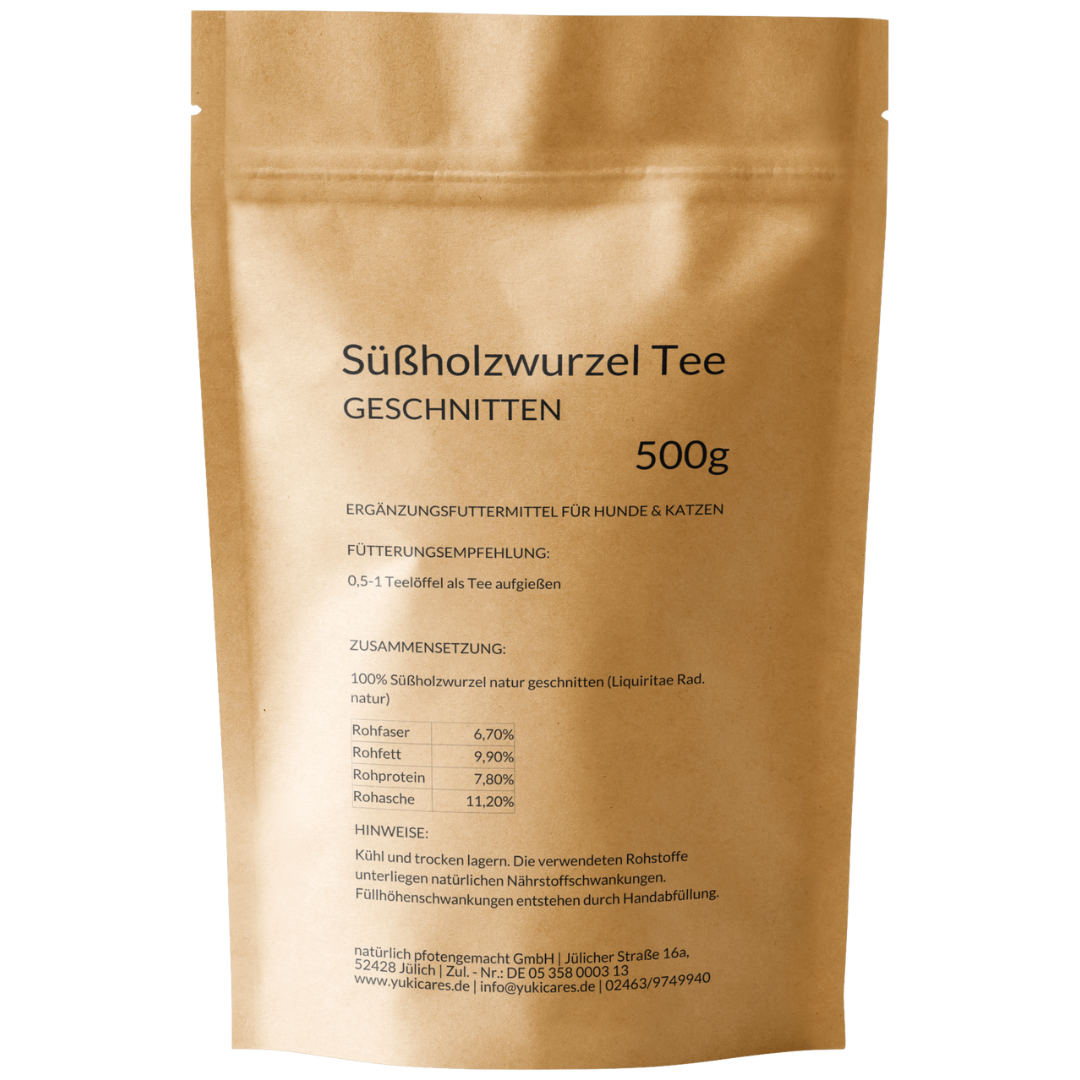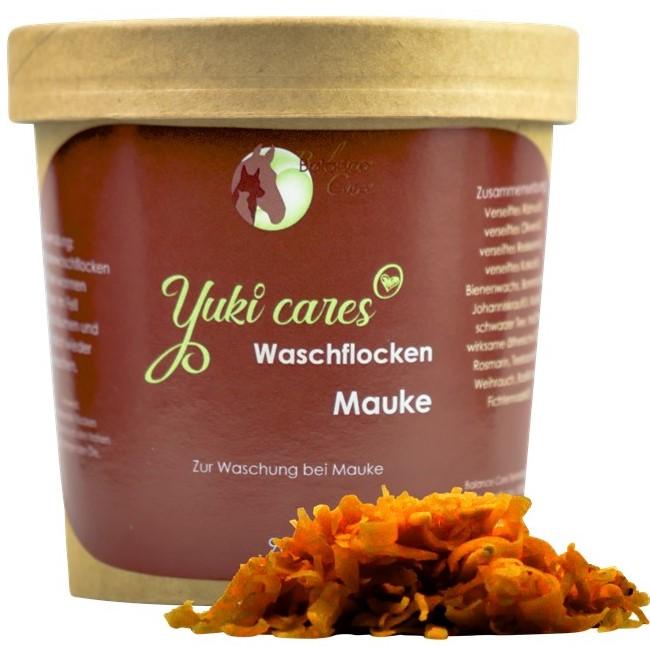In Part 1, you already learned why bees swarm, how they reproduce, and how to effectively avoid bee stings. Now we continue with the second part of our bee series:
Honey - the liquid gold
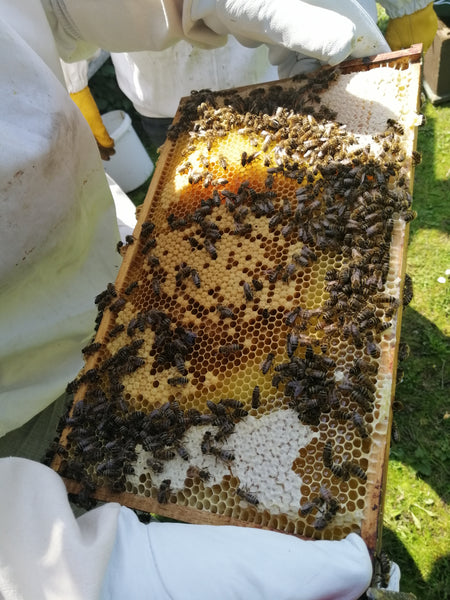 The honey serves the bees as food for the brood and themselves. The bees collect nectar, which is then processed into honey in their honey stomachs. The nectar is collected several times and returned to the honeycombs. When the honey is ripe, i.e., its water content falls below a certain level, it is capped with wax. The combs are closed and the honey is safely preserved. Normally, there is a spherical brood nest in the middle of the hive, and the honey is brought in around this so that the journeys are short. However, since the beekeeper also wants a little honey, they place an entire room of empty combs on top. A barrier prevents the larger queen from laying eggs there. Once the lower room is full of brood and honey, the upper combs are filled with honey. The beekeeper then removes this honey and, depending on the quantity and the weather, replaces the part with food once the harvest is complete.
The honey serves the bees as food for the brood and themselves. The bees collect nectar, which is then processed into honey in their honey stomachs. The nectar is collected several times and returned to the honeycombs. When the honey is ripe, i.e., its water content falls below a certain level, it is capped with wax. The combs are closed and the honey is safely preserved. Normally, there is a spherical brood nest in the middle of the hive, and the honey is brought in around this so that the journeys are short. However, since the beekeeper also wants a little honey, they place an entire room of empty combs on top. A barrier prevents the larger queen from laying eggs there. Once the lower room is full of brood and honey, the upper combs are filled with honey. The beekeeper then removes this honey and, depending on the quantity and the weather, replaces the part with food once the harvest is complete.
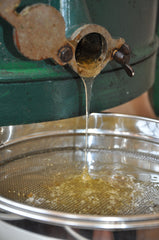
Beeswax - the solid gold
The bees sit on so-called frames, into which thin sheets of wax with predetermined honeycombs are melted. The beekeeper does this to prevent wild building and thus to be able to manage and medically treat the bees better. On these predetermined honeycomb fields (you probably know them rolled up with a wick in the middle like a candle), the bees then build their honeycombs with their own wax, which they fill with brood, pollen or honey. The beekeeper removes old honeycombs from the bees to care for the colony. This is because every bee leaves a small, thin membrane in the comb when it hatches. After a new bee has hatched in the comb every six weeks for one to two years, the comb becomes smaller and smaller, and so do the bees. This makes the bees even more susceptible to the Varroa mite and other diseases. Therefore, after a year, the beekeeper moves the old honeycombs from the upper chamber down to the bottom for the bees to brood in, and the bees then build new honeycombs the following year as needed.
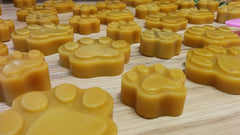 The wax is melted and cleaned and then ends up in our products.
The wax is melted and cleaned and then ends up in our products.
The Varroa mite
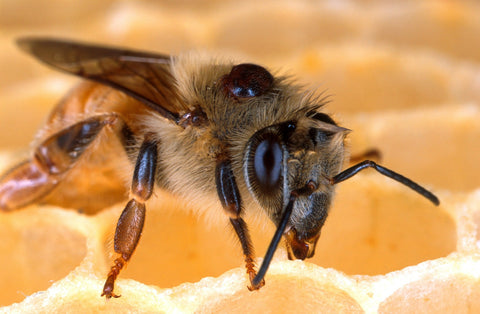 The Varroa mite has become much more well-known, even among non-beekeepers – and rightly so. This invasive mite actually specializes in a much larger species of bee, where it acts only as an annoying parasite. Lacking its natural host, however, it prefers our smaller honey bees. These have little to counteract it and are essentially sucked dry by the mite. Therefore, an unmanaged bee colony has little chance of survival. The beekeeper ensures that the Varroa infestation is kept as small as possible and the bees remain as unaffected as possible. Two measures are generally taken to achieve this. Firstly, the Varroa mites develop in the larger drone brood. This is exploited by allowing the bees the opportunity to build freely on one or two frames. This gives them the opportunity to build larger combs, in which the drone brood is then raised. The beekeeper can then remove these combs specifically and thus contain the Varroa infestation. The drone brood and the Varroa mites then serve as protein-rich bird food for the rearing of the little birds. Always a feast for our great tits. The colony still has enough drones available because they are also raised in the normal brood nest among the workers.
The Varroa mite has become much more well-known, even among non-beekeepers – and rightly so. This invasive mite actually specializes in a much larger species of bee, where it acts only as an annoying parasite. Lacking its natural host, however, it prefers our smaller honey bees. These have little to counteract it and are essentially sucked dry by the mite. Therefore, an unmanaged bee colony has little chance of survival. The beekeeper ensures that the Varroa infestation is kept as small as possible and the bees remain as unaffected as possible. Two measures are generally taken to achieve this. Firstly, the Varroa mites develop in the larger drone brood. This is exploited by allowing the bees the opportunity to build freely on one or two frames. This gives them the opportunity to build larger combs, in which the drone brood is then raised. The beekeeper can then remove these combs specifically and thus contain the Varroa infestation. The drone brood and the Varroa mites then serve as protein-rich bird food for the rearing of the little birds. Always a feast for our great tits. The colony still has enough drones available because they are also raised in the normal brood nest among the workers.
To do this, the beekeeper treats the hive with formic acid or other effective substances at certain times of the year to combat the mite in the most bee-friendly way possible. However, this is only done after the honey has been harvested.
Bees in winter
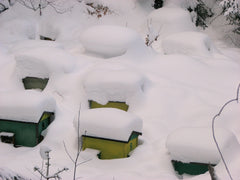 In our hives we only extract 1-2 times a year so that the bees have enough time to gather food for the winter and to go into the winter cluster strong. This is because the whole colony overwinters and provides the queen with food. A winter bee, which is only there to keep warm and protect the queen, lives for an average of 3 months, while a summer bee only lives for 6 weeks. The colony forms a cluster around the queen and always maintains a temperature in the hive of around 30°C. The picture shows how the snow melts around the warm hives. A crisp, cold winter is better for the bees because they are then safe in their cluster. If it is warm enough for them to fly out, it gets dark and cold early, so they cannot find their way back, or they find nothing, so their activity uses up their food more quickly and the colony starves. In winter, beekeepers generally avoid approaching the hive to prevent it from cooling down, unless they suspect the colony might be running low on food. The greatest excitement in spring is always to see which colonies survived the winter safely.
In our hives we only extract 1-2 times a year so that the bees have enough time to gather food for the winter and to go into the winter cluster strong. This is because the whole colony overwinters and provides the queen with food. A winter bee, which is only there to keep warm and protect the queen, lives for an average of 3 months, while a summer bee only lives for 6 weeks. The colony forms a cluster around the queen and always maintains a temperature in the hive of around 30°C. The picture shows how the snow melts around the warm hives. A crisp, cold winter is better for the bees because they are then safe in their cluster. If it is warm enough for them to fly out, it gets dark and cold early, so they cannot find their way back, or they find nothing, so their activity uses up their food more quickly and the colony starves. In winter, beekeepers generally avoid approaching the hive to prevent it from cooling down, unless they suspect the colony might be running low on food. The greatest excitement in spring is always to see which colonies survived the winter safely.
I recently read somewhere that we shouldn't eat honey anymore because bees are already dying out. I hope you now understand how nonsense that statement is, as long as you get your honey from local beekeepers and not from mass-produced supermarkets. Because the way bees are treated in the economy just makes me sick. It's factory farming (film tip: More than honey). But please either return jars of honey to your beekeeper after rinsing them out, or rinse them thoroughly before putting them in the recycling jar. Because foreign honey in particular (and the supermarket varieties are a mixed bag) poses a risk of diseases for our bees that they have no chance against, and these clever little creatures would rather get ready-made honey than nectar from the flowers.
We need our bees, not necessarily for honey, wax and propolis, but especially for apples, cherries and vegetables!

